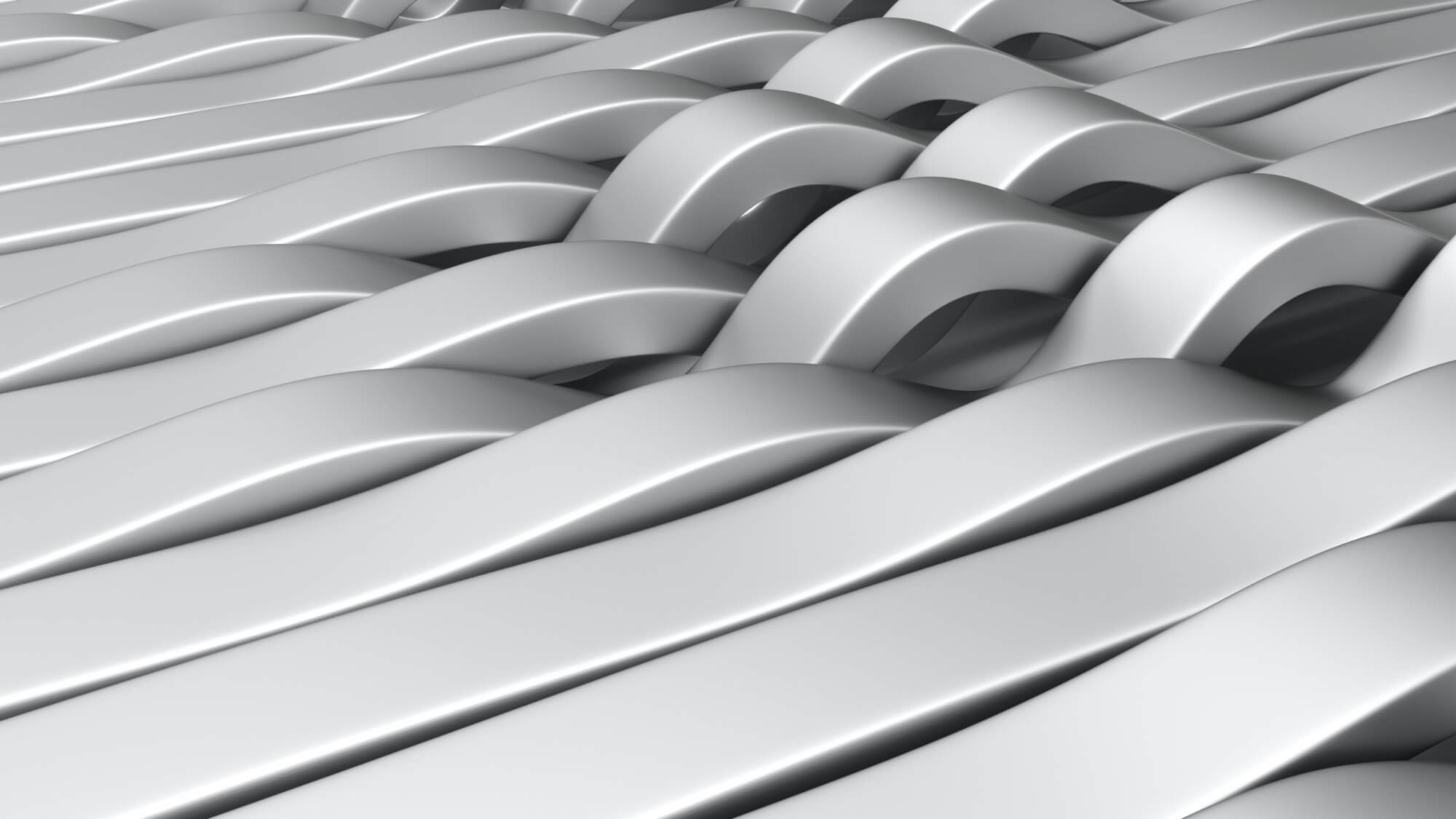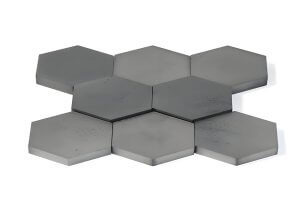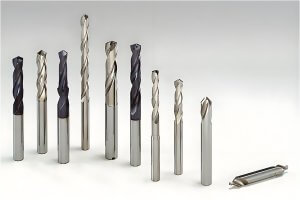Introduction
Ductility is a critical material property that significantly influences the CNC machining processes used in manufacturing. It refers to a material’s ability to deform under tensile stress, which allows it to be shaped into complex geometries without breaking. This property is vital in industries like aerospace and automotive, where precision and performance are paramount. In this article, I will explore how ductility affects CNC machining, the relationship between ductility and various materials, and methods to improve ductility for enhanced manufacturing outcomes.
Understanding Ductility
Ductility is typically measured by two parameters: elongation and reduction of area. Elongation refers to the percentage increase in length of a material sample subjected to stress, while reduction of area measures the decrease in cross-sectional area after fracture. Materials with high ductility, like aluminum and low-carbon steel, can be stretched into wires or formed into intricate shapes without fracturing. This property allows manufacturers to achieve desired shapes and sizes, reducing waste and improving efficiency.
Measuring Ductility
Ductility is typically measured using elongation and reduction of area in tensile tests. The results provide engineers and machinists with valuable insights into how a material will perform under different loading conditions. The following table summarizes the key measurements:
| Material Type | Elongation (%) | Reduction of Area (%) |
|---|---|---|
| Mild Steel | 20-30 | 40-60 |
| Aluminum Alloy | 10-15 | 30-50 |
| Copper | 30-50 | 50-70 |
| Titanium | 10-15 | 25-35 |
| Brass | 20-30 | 40-50 |
These metrics help in selecting appropriate materials for specific machining tasks and in predicting how they will behave during processing.
The Relationship Between Ductility and CNC Machining
The relationship between ductility and CNC machining is significant in determining the outcomes of the machining process. Ductile materials tend to deform plastically rather than fracture when subjected to cutting forces, which can lead to smoother finishes and more precise geometries. When machining ductile materials, I have observed that the cutting tools experience less stress, leading to reduced tool wear and longer tool life.
Theoretical Insights
According to materials science principles, ductility is influenced by factors such as microstructure and temperature. For example, materials with a face-centered cubic (FCC) structure, like aluminum, exhibit higher ductility due to their ability to accommodate slip planes during deformation. Conversely, materials with a body-centered cubic (BCC) structure, such as some steel grades, may show lower ductility, particularly at lower temperatures.
Ductility also plays a role in chip formation during CNC machining. In ductile materials, chips are often continuous and can be easier to manage compared to brittle materials, where chips may break and create additional complications in the machining process. Understanding this aspect helps in setting appropriate cutting parameters and toolpath strategies to optimize productivity and surface finish.
Practical Application
In my experience, choosing the right cutting parameters is essential when working with ductile materials. Higher cutting speeds can improve surface finish, but they must be balanced against potential increases in tool wear. Moreover, employing optimal coolant methods can further enhance ductility during machining by reducing thermal stresses that can lead to brittleness. Additionally, CNC toolpath planning is crucial when working with highly ductile materials, as it helps to manage heat dissipation and minimize tool chatter.
| Cutting Parameter | Effect on Ductility | Recommended Value |
|---|---|---|
| Cutting Speed | Increases temperature, affecting ductility | 100-200 m/min |
| Feed Rate | Influences surface finish; too high can cause tool wear | 0.05-0.2 mm/rev |
| Depth of Cut | Affects chip formation; deeper cuts may induce stress | 1-5 mm |
By optimizing these parameters, machinists can achieve better outcomes when working with ductile materials, minimizing wear on cutting tools and enhancing the quality of the final product.
Ductility in Different Materials
Different materials exhibit varying levels of ductility, which significantly impacts their machining characteristics. The following is a comparative analysis of commonly used CNC machining materials, highlighting their ductility levels and typical applications.
| Material | Ductility Level | Common Applications | Machining Characteristics |
|---|---|---|---|
| Low Carbon Steel | High | Structural components | Good machinability, excellent surface finish |
| Aluminum Alloy | Moderate | Aerospace and automotive parts | Moderate wear resistance, good chip removal |
| Copper | Very High | Electrical applications | Excellent thermal conductivity, easy to machine |
| Cast Iron | Low | Engine blocks, pipes | Difficult to machine, requires sharp tools |
| Titanium Alloy | Low to Moderate | Aerospace components | Requires specialized cutting tools, prone to galling |
Understanding these properties helps in selecting suitable materials for specific applications, ensuring optimized machining processes.
Methods to Improve Material Ductility
To enhance material ductility, various methods can be employed. One of the most effective techniques I’ve encountered is heat treatment, which involves controlled heating and cooling processes to alter a material’s microstructure. This method can significantly improve ductility, especially in metals.
Heat Treatment Techniques
- Annealing: This process involves heating the material to a specific temperature and then slowly cooling it. It helps relieve internal stresses and improves ductility. For example, in a project involving aluminum components, we used annealing to achieve a notable increase in ductility, allowing for easier machining.
- Quenching and Tempering: This heat treatment involves heating the material to a high temperature followed by rapid cooling (quenching) and then reheating to a lower temperature (tempering). This process can balance strength and ductility, especially in steels.
- Solution Treatment: Often used for aluminum alloys, this involves heating to dissolve solute phases, followed by rapid cooling. This results in improved ductility and strength after aging.
Impact of Heat Treatment on Ductility
Heat treatment can dramatically affect the microstructure of materials, directly impacting their ductility. For instance, in steels, annealing softens the metal by altering its crystal structure, which improves its ability to deform under stress. This is especially important in CNC machining, where ductile materials reduce the risk of tool breakage and lead to smoother, more precise finishes.
Key Parameters for Heat Treatment
The following table outlines critical parameters for various heat treatment processes that can influence ductility:
| Process | Temperature Range | Duration | Result |
|---|---|---|---|
| Annealing | 300-500 °C | 1-2 hours | Increased ductility |
| Quenching | 800-1000 °C | 5-10 minutes | Increased hardness |
| Tempering | 150-300 °C | 1-2 hours | Improved ductility |
| Solution Treatment | 500-600 °C | 1 hour | Enhanced strength and ductility |
By carefully selecting heat treatment methods, manufacturers can tailor material properties to meet specific requirements, enhancing the overall effectiveness of CNC machining processes.
Industry Case Studies
Understanding and leveraging ductility across various industries can lead to performance improvements and cost savings. In the aerospace sector, choosing materials with high ductility can reduce the risk of failures during service.
Case Study Examples
In one project involving aircraft components, the use of a high-ductility aluminum alloy allowed for the creation of complex geometries, enhancing performance while reducing weight. This case highlights the importance of considering ductility during the design phase, as it enables innovation without compromising structural integrity.
Another example comes from the automotive industry, where ductile materials are often used in crash components. By employing materials with high ductility, manufacturers ensure that these components deform in a controlled manner during impact, leading to improved safety outcomes.
Conclusion
In conclusion, ductility plays a vital role in CNC machining processes. Understanding how it influences machining parameters, tool selection, and material choice is essential for achieving optimal results. As we continue to advance in manufacturing technology, recognizing the importance of ductility will remain a key factor in producing high-quality components.
FAQ
- What is ductility, and why is it important in CNC machining?
Ductility refers to a material’s ability to deform under tensile stress, which is crucial for shaping materials without breaking during machining. - How can I measure the ductility of a material?
Ductility is typically measured through tensile tests, assessing elongation and reduction of area after fracture. - Which materials are most ductile for CNC machining?
Low-carbon steel and certain aluminum alloys are known for their high ductility and machinability. - How does ductility affect tool wear in CNC machining?
Ductile materials tend to result in less tool wear compared to brittle materials, reducing the frequency of tool changes. - What is the impact of cutting speed on material ductility?
Higher cutting speeds can increase material temperature, potentially affecting ductility and influencing machining outcomes. - Can heat treatment improve ductility?
Yes, heat treatment processes like annealing and tempering can significantly enhance a material’s ductility. - What are common heat treatment methods to improve ductility?
Common methods include annealing, quenching and tempering, and solution treatment. - How does ductility influence surface finish in CNC machining?
Materials with higher ductility typically yield smoother surface finishes, as they can deform without fracturing. - What role does microstructure play in determining ductility?
The material’s microstructure, such as grain size and phase distribution, directly affects its ductility and overall performance during machining. - How can I select materials based on their ductility for specific applications?
Consider the required mechanical properties, manufacturing processes, and end-use conditions to choose suitable materials with adequate ductility. - Does temperature affect ductility during machining?
Yes, temperature can impact ductility, as higher temperatures may increase ductility but also affect material stability, requiring controlled machining conditions.
Other Articles You Might Enjoy
- CNC Machining: Understanding Materials, Processes and Techniques( rivets Nora)
When it comes to Computer Numerical Control (CNC) machining processes utilised in manufacturing industries worldwide, there’s an expansive range of materials, procedures and techniques that play a crucial role. These…
- Precision Aluminum Machining for Aerospace: Custom CNC Services
Precision Aluminum Machining for Aerospace: Custom CNC Services In the world of manufacturing, precision aluminum machining plays a pivotal role, particularly in aerospace industries where superior precision is required. As…
- Precision CNC Machining of Steel: High-Volume Production
Precision CNC Machining and High-Volume Production As an integral part of modern manufacturing processes, Precision Computer Numerical Control (CNC) machining brings about unmatched accuracy and consistency in the production of…
- CNC Machining: Metals, Processes and More( rivets Dolores)
In the world of CNC (Computer Numerical Control) machining, various materials are used depending on the type of product being produced. Two such commonly used metals are aluminum and titanium.…
- Exploring the Potential of Smart Materials in Future CNC Machining Processes
Introduction: The Intersection of Smart Materials and CNC Machining Processes Smart materials, also known as intelligent or responsive materials, have the inherent ability to alter their respective physical properties in…
- Material Versatility in CNC Machining: From Titanium to Thermoplastics
Introduction to CNC Machining CNC machining stands as a cornerstone in the manufacturing sector, enabling the precise creation of parts and components. This process utilizes computer numerical control (CNC) to…






